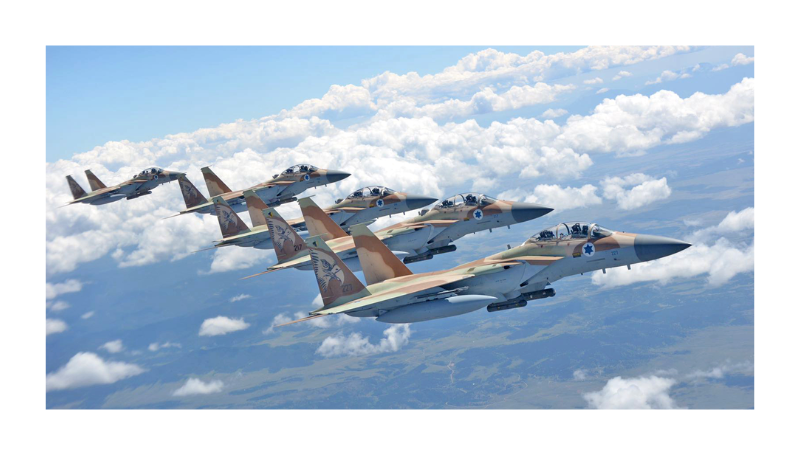Zvi Smit and Benoit Faucon
WSJ, July 15, 2025
“The key for any air-defense system is less that you build a perfect system with any one layer and more the cumulative effect.”
Israel’s recent war with Iran served as a cautionary tale for countries with sophisticated missile defenses and those that seek to have them. Over 12 days, Iran pierced Israel’s defenses with increasing success, showing that even the world’s most advanced systems can be penetrated.
While most of Iran’s missiles and drones were knocked down, Tehran changed tactics and found gaps in Israel’s armor through trial and error.
Tehran began to launch more advanced and longer-range missiles from a wider range of locations deep inside Iran, according to missile-defense experts who analyzed open-source data and public images of missile fragments. The regime also altered the timing and pattern of attacks and increased the geographic spread of targets, the analysts found.
As the war went on, Iran fired fewer missiles, but its success rate rose, according to a Wall Street Journal analysis of data from think tanks based in Israel and Washington, D.C.
The Offense
Most missiles launched against Israel are medium-range ballistic missiles that can cover a range of up to 1,200 miles.
First Layer of Defense
Israeli Arrow 3 missiles are used initially. They consist of a two-stage interceptor that destroys targets up to 1,550 miles away at altitudes outside the atmosphere. They take out incoming threats through direct impact.
First Layer of Defense
Additionally, U.S. Navy SM-3 (also named Aegis) interceptors with a sophisticated radar and fire-control system are deployed from the Mediterranean and can engage missiles both inside and far outside the atmosphere. They can destroy targets up to 745 miles away.
Second Layer of Defense
Missiles that evade interception outside of the atmosphere are then engaged inside the atmosphere by Arrow 2, which intercepts long-range ballistic missiles. Arrow 2 uses a proximity-fuzed warhead to destroy its target by detonating when it gets close enough to it. ….SOURCE


